Snowfall in Germany transforms the country into a winter wonderland, attracting travelers from all over the world. From late November to early March, many parts of Germany experience snow, especially the higher-altitude regions like the Bavarian Alps, Black Forest, Harz Mountains, and Zugspitze—Germany’s highest peak. These areas see consistent and often heavy snowfall, with snow depths reaching over 100 cm in some places, particularly in January and February, the snowiest months.
Best Places to Experience Snowfall in Germany
1. Bavarian Alps
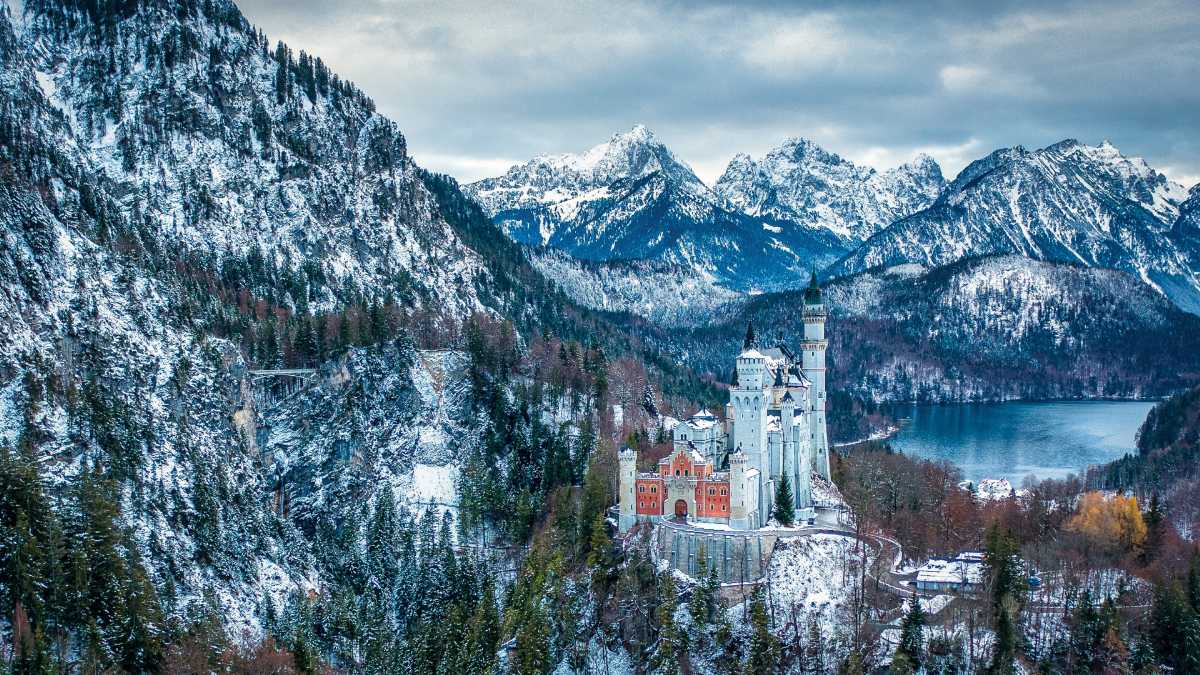
Popular Destinations: Garmisch-Partenkirchen, Berchtesgaden, Oberstdorf
The Bavarian Alps are Germany’s crown jewel in winter. When snow arrives—usually starting in late November—the region turns into a postcard-perfect wonderland. You’ll find alpine villages like Garmisch-Partenkirchen draped in white, framed by majestic peaks and fir forests. Snowfall is heavy and consistent, especially from December to February, making it ideal for skiing, snowboarding, or simply wandering through snowy lanes.
Average Winter Temperature:
Day: -2°C to 3°C (28°F to 37°F)
Night: Can drop to -10°C (14°F)
2. Zugspitze
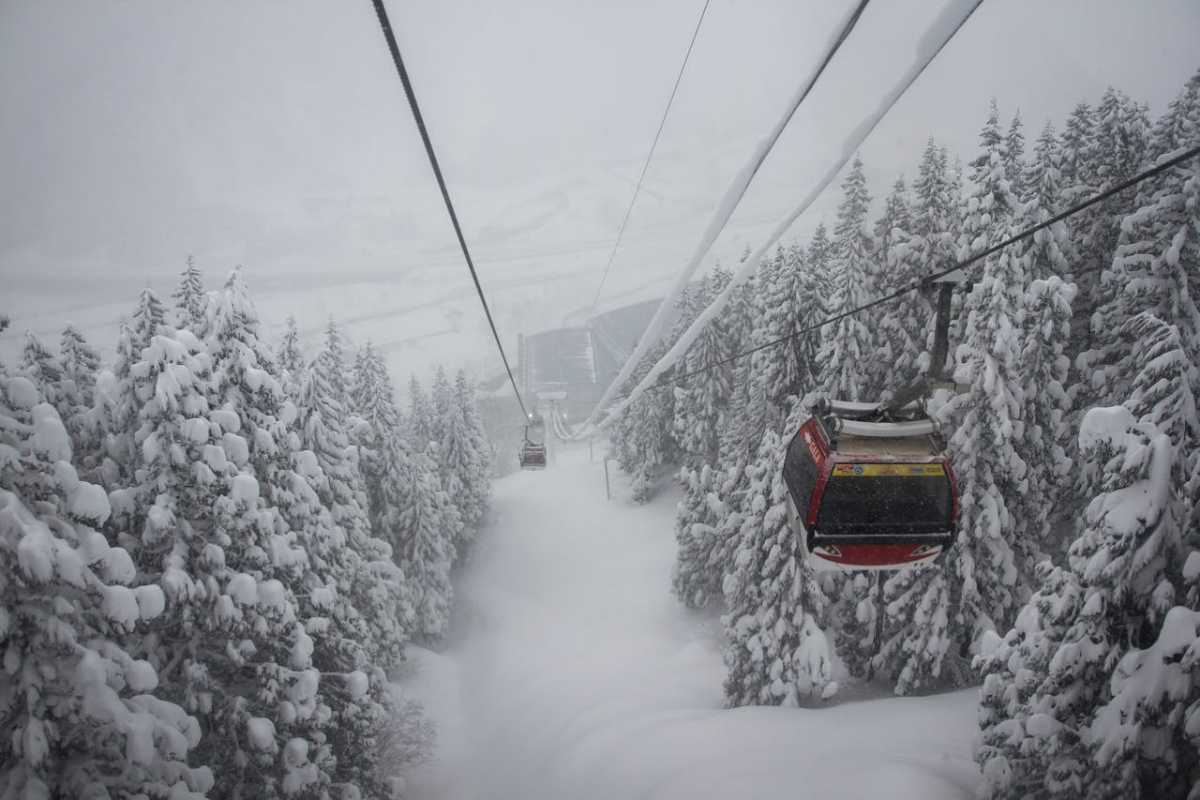
At 2,962 meters, Zugspitze is Germany’s highest point and home to glacier skiing that often extends from November to April. Snowfall is guaranteed here, and when the skies are clear, the views stretch across four countries. The summit, often wind-blown and icy, is best visited with layers and windproof gear. Even non-skiers love the cable car ride and panoramic snow-covered scenes.
Average Temperature at Summit:
Day: -8°C to -15°C (17°F to 5°F)
Night: Can fall below -20°C (-4°F)
3. Black Forest
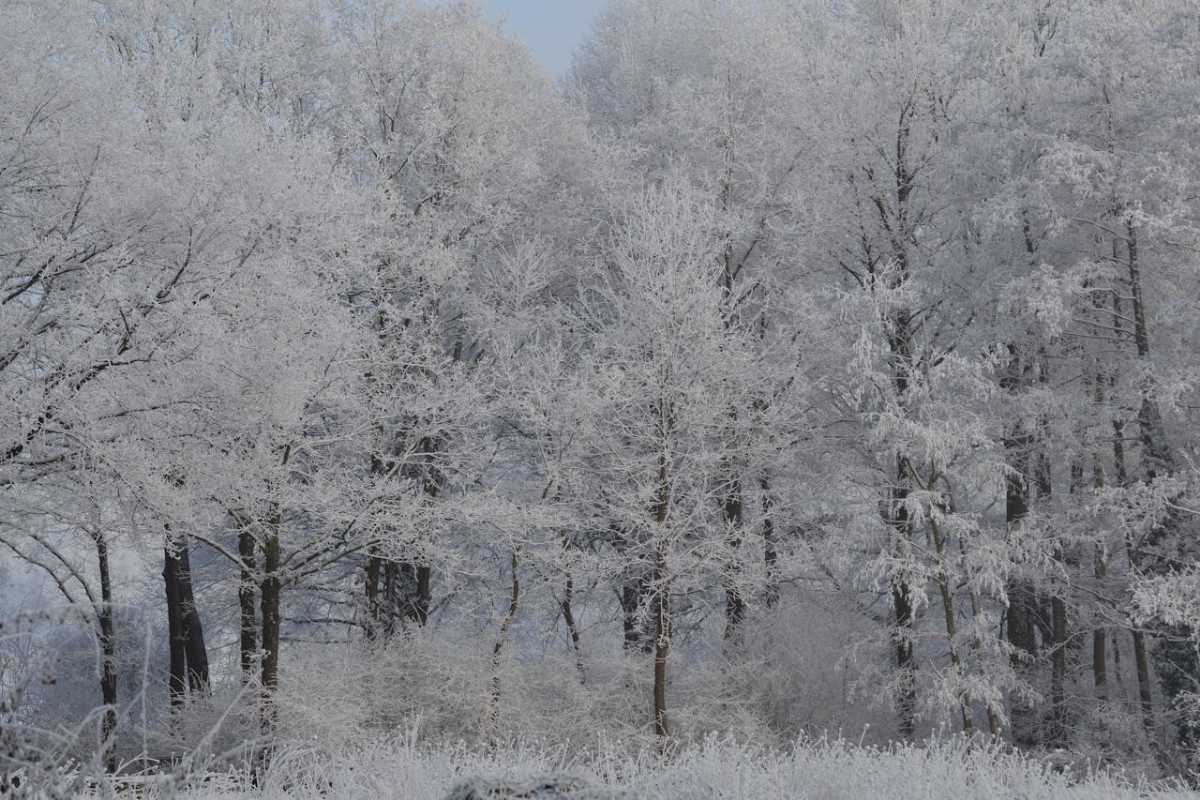
Popular Destinations: Feldberg, Triberg, Todtnau
The Black Forest becomes a fairytale forest when it snows. Snowfall usually begins in late November and peaks around January. In towns like Triberg, snow clings to half-timbered houses and forest trails, creating a hushed, magical feel. Feldberg is the best place for winter sports, while other areas are perfect for peaceful snowy hikes.
Average Winter Temperature:
Day: -1°C to 4°C (30°F to 39°F)
Night: -5°C to -10°C (23°F to 14°F)
4. Harz Mountains
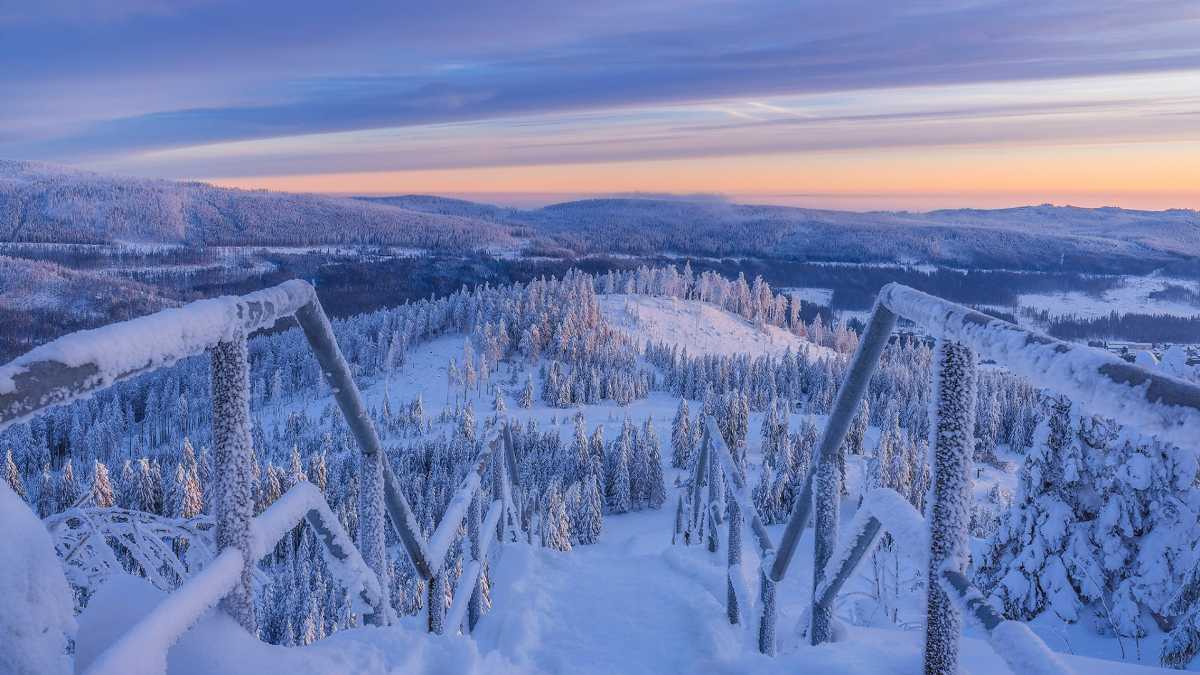
Popular Destinations: Wernigerode, Braunlage, Brocken
This lower mountain range is one of northern Germany’s best winter escapes. Snow transforms Harz into a whimsical landscape of misty peaks and cobbled towns. Expect snow from late December to early March, with Brocken often shrouded in frost and fog. The steam train to the summit is a highlight, running even through snow.
Average Winter Temperature:
Day: -2°C to 3°C (28°F to 37°F)
Night: -6°C to -9°C (21°F to 16°F)
5. Bavarian Forest National Park
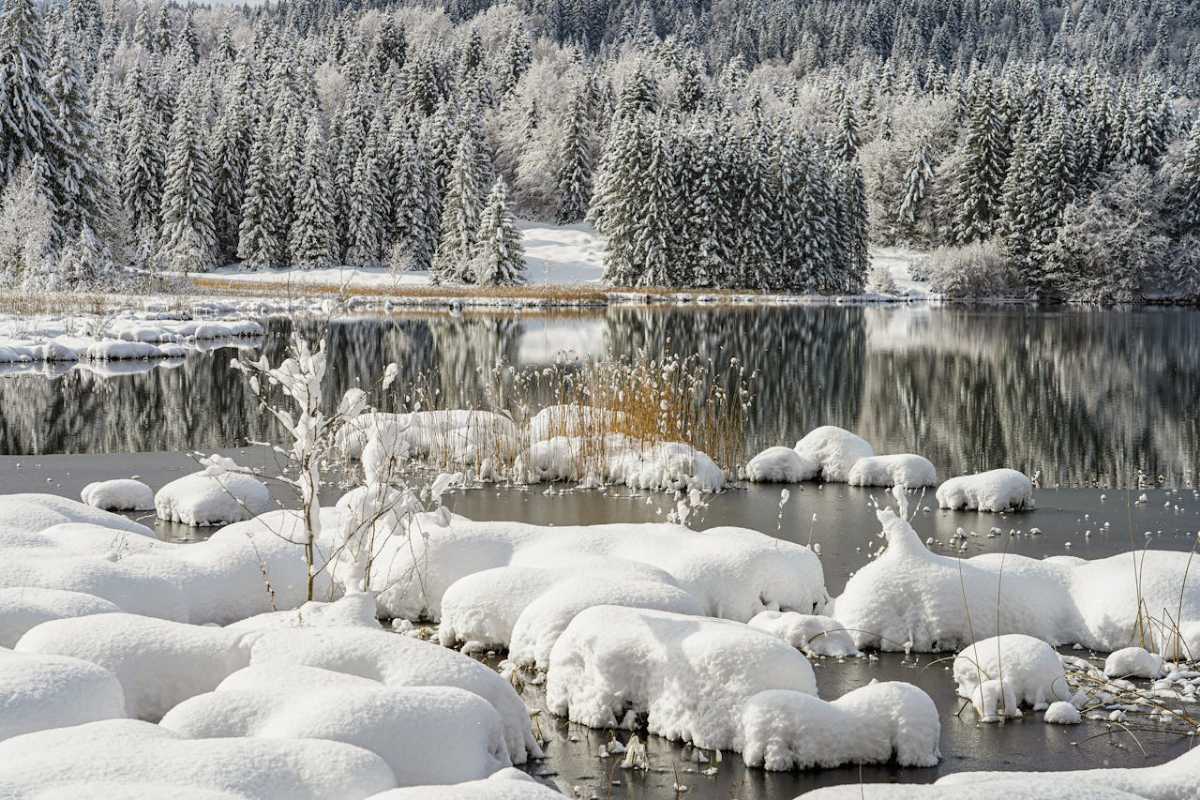
This is one of the quietest and snowiest places in Germany. Snowfall here is deep and lasting, especially in the core zone of the park where human impact is minimal. The landscape feels untouched, making it ideal for cross-country skiing or snow hiking. Wildlife tracking in the snow is also popular here.
Average Winter Temperature:
Day: -3°C to 2°C (27°F to 36°F)
Night: Can drop to -12°C (10°F)
6. Saxon Switzerland National Park

Snowfall here is lighter but breathtaking. It tends to settle mostly in the higher elevations around the Elbe Sandstone Mountains, where cliffs and bridges like the Bastei become surreal under a fresh coat of snow. The landscape is quiet, mystical, and perfect for photography or peaceful winter hikes.
Average Winter Temperature:
Day: 0°C to 4°C (32°F to 39°F)
Night: -5°C to -8°C (23°F to 17°F)
7. Thuringian Forest
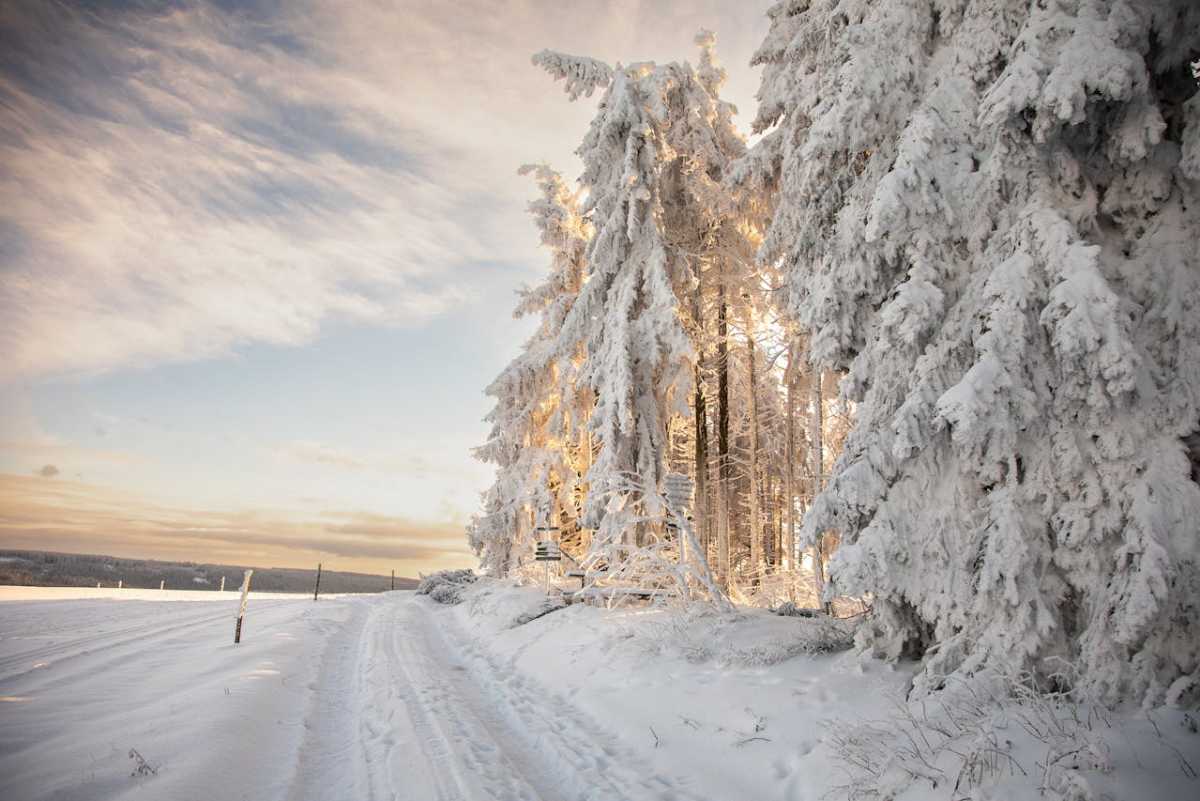
Popular Destinations: Oberhof and the Rennsteig Trail
The Thuringian Forest sees solid snowfall, particularly around Oberhof, which is a hotspot for winter sports. The snow transforms the famous Rennsteig trail into a stunning path for snowshoeing and Nordic skiing. Expect snowy scenes from December through February.
Average Winter Temperature:
Day: -2°C to 3°C (28°F to 37°F)
Night: -6°C to -10°C (21°F to 14°F)
8. Fichtelgebirge and Franconian Forest
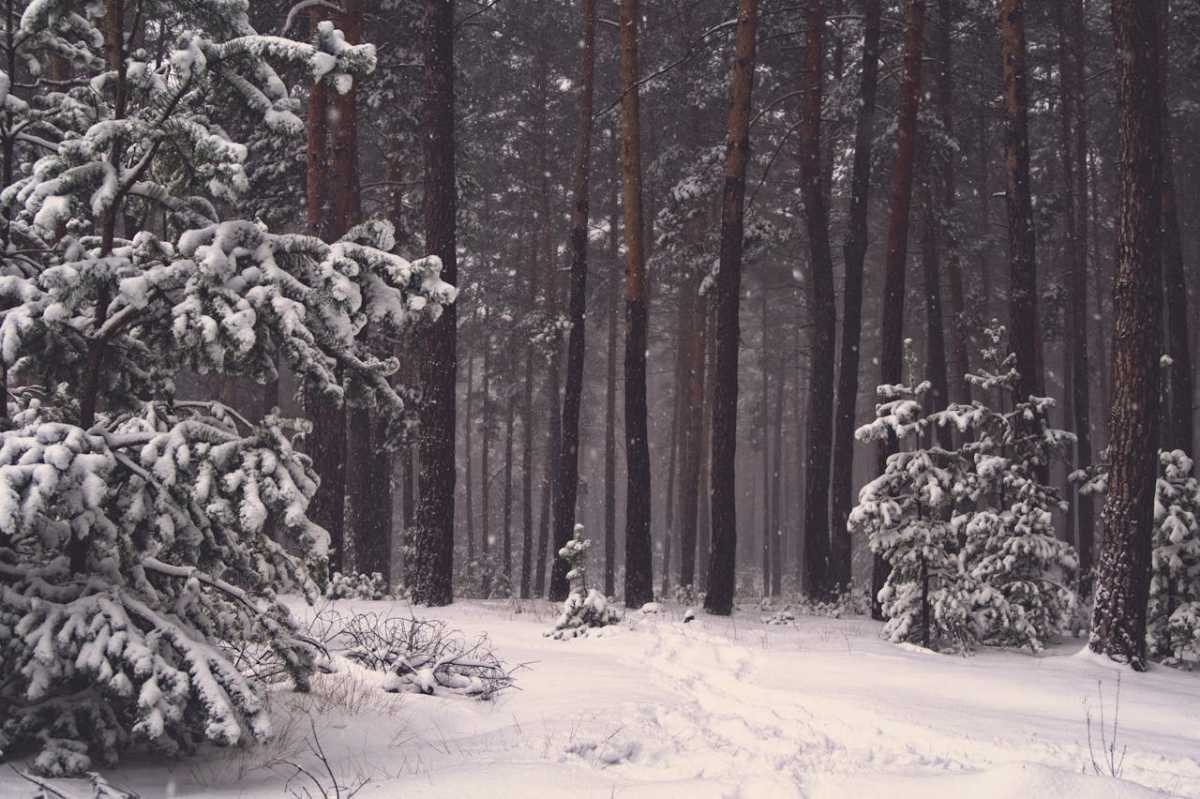
These northern Bavarian regions are colder than many assume and regularly blanketed with snow. The smaller villages here receive less tourism, offering authentic snowy retreats. Snow sticks around from late November into February, and landscapes are serene and quiet.
Average Winter Temperature:
Day: -2°C to 2°C (28°F to 36°F)
Night: -7°C to -11°C (19°F to 12°F)
9. Eifel Highlands
Just west of Cologne, the Eifel Highlands see moderate snowfall—enough to transform the rolling hills and volcanic craters into a soft, white landscape. It’s not a high-snowfall area like the Alps, but when it does snow, the countryside becomes beautiful for winter walks, castle visits, and forest hikes.
Average Winter Temperature:
Day: 0°C to 5°C (32°F to 41°F)
Night: -3°C to -7°C (26°F to 19°F)
Best Time to Visit for Snowfall
For snowy landscapes: Late December to early March is best.
For skiing: January and February offer the most reliable snow.
For snow + Christmas markets: Visit from late November to Christmas Eve.
While southern Germany typically sees the most consistent snow, you can still enjoy snowy moments in other parts of the country depending on the weather.
Limitations to Keep in Mind During Snowfall in Germany
- Closures: Some hiking paths or scenic routes may be closed due to heavy snow.
- Driving: If renting a car, be prepared with snow tires and possibly chains in alpine areas.
- Public Transport: Can run slower than usual during snowstorms.
- Packing Essentials: Warm clothing, waterproof boots, layers, and gloves are a must.
Whether you’re asking “Does it snow in Germany?” or planning your dream white Christmas in the Alps, the country offers a magical winter experience. From snow-dusted timber-framed towns to the thrill of downhill skiing, snowfall in Germany can make your trip both adventurous and unforgettable.
